7 Tropical Foliage Plants Suitable for Indoor Cultivation, Even Gardening Novices Should Not Miss It


In addition to the southern regions where there is no frost year-round, tropical foliage plants can also be grown in northern areas with heating in winter. These plants can be kept indoors year-round and can be kept on windowsills with appropriate light. Some are more shade-tolerant, so at least bright light is required.

The first one is the colorful thousand-year-old wood

The colorful Dracaena is a common plant in the genus Dracaena. Its plant can grow to three to five meters high. After being cultivated in an indoor potted plant, its plant height can be controlled below two meters. Through pruning, it can also grow more branches. Its characteristic is that the leaves are particularly slender and thin, and the edges of the leaves are red.
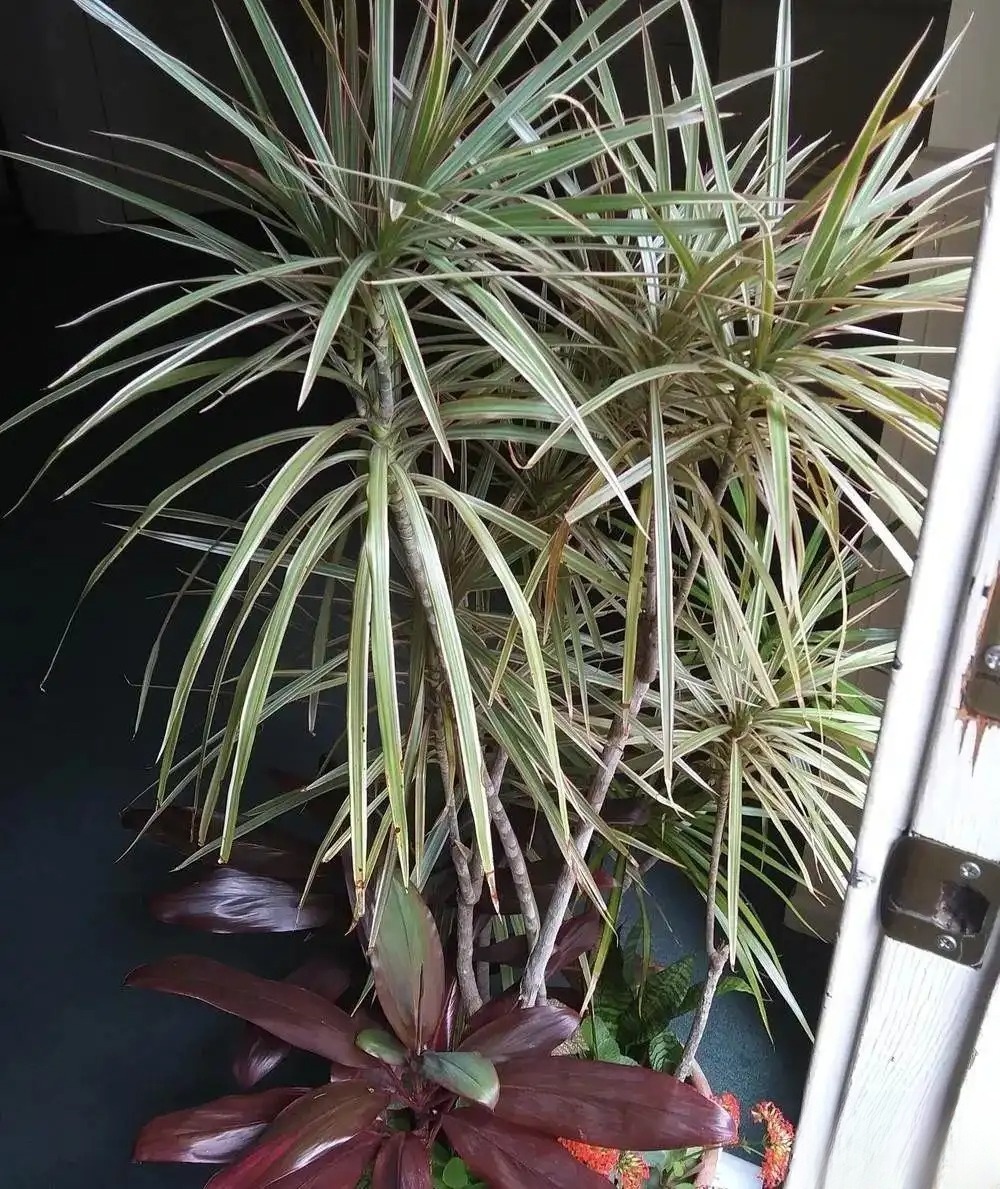
The colorful thunbergia is easy to care for. This plant is more suitable for gardening novices. It has strong drought resistance and can survive even if you often forget to water it.
If you keep it indoors in a lack of light, you should wait until the soil is completely dry before rehydrating it. If it has more light, it will grow faster. It is more sensitive to cold, so the minimum temperature should be kept above 5 degrees Celsius.
The second type, black leaf Guanyin lotus
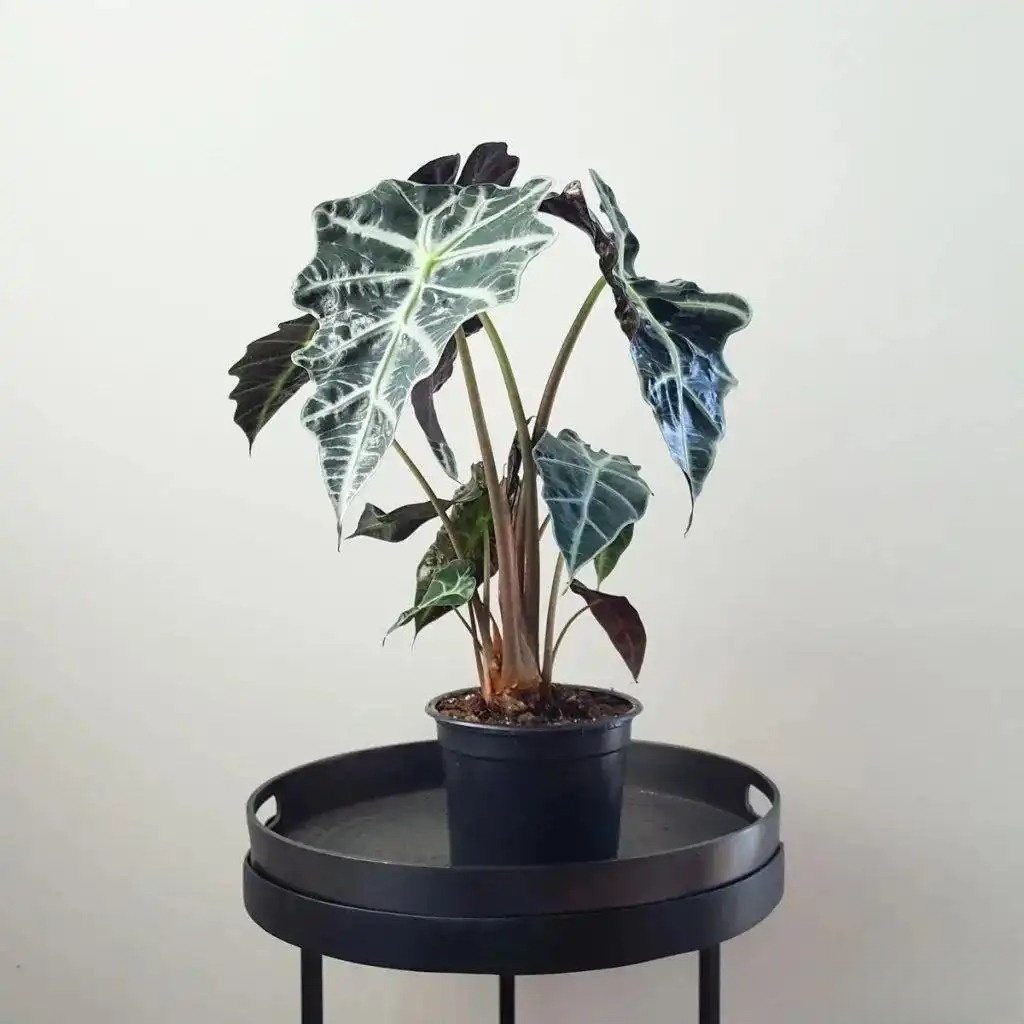
The above is the giant calla lily
Black-leafed Alocasia odora is also called black-leafed taro. It has two varieties, the big fairy and the small fairy. It is a relatively low plant with unique leaves. Its veins are particularly conspicuous. The leaves are dark green overall and the edges of the leaves are wavy.
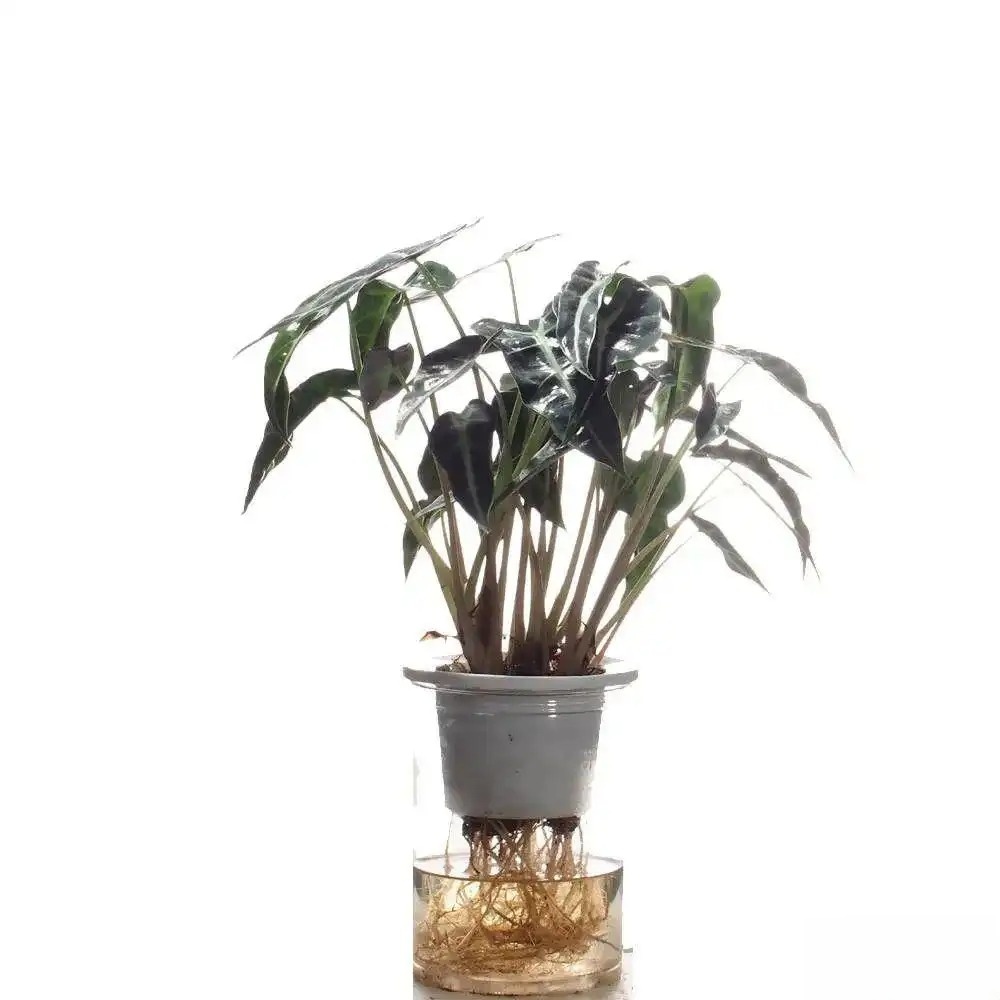
The above is the fairy calla lily
When caring for black-leaf Alocasia, you must pay attention to maintaining a warm environment all year round. It is afraid of low temperatures. When the temperature drops below 10 degrees, you must pay attention to water control and keep the minimum temperature above 5 degrees, which is safer.
When caring for this plant, you must avoid keeping the soil moist. Too much water can easily cause root rot. Try to choose potting soil with good drainage and ventilation. Don't use pots that are too large for indoor maintenance.
The third type, fishtail palm
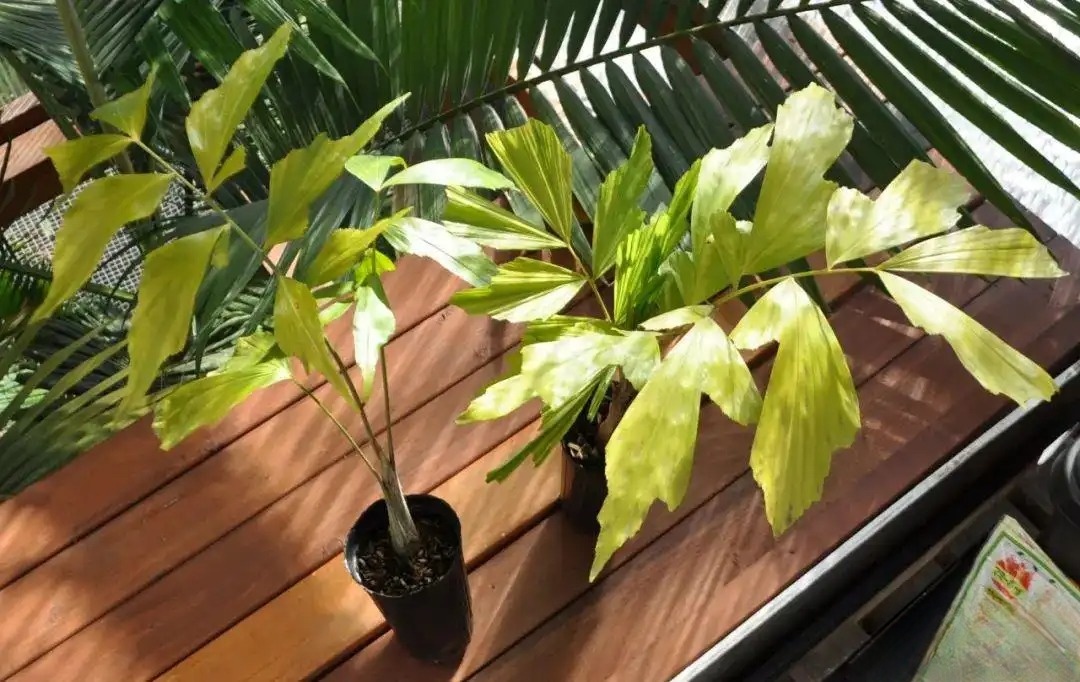
Fishtail palm has a very unique appearance, with leathery leaves and forked blades that resemble a fish's tail. When grown outdoors, it can reach heights of over five or six meters, resembling an oversized tree. When potted indoors, it can be kept to under two meters.

Fishtail palms need sufficient scattered light, and they should be watered regularly. They should be provided with well-drained soil to avoid root rot. Fishtail palms do not like too dry an environment. Keeping the relative humidity above 50% will be more conducive to their growth. Too dry or too lacking light can easily lead to yellow leaves.
The fourth type, Schefflera
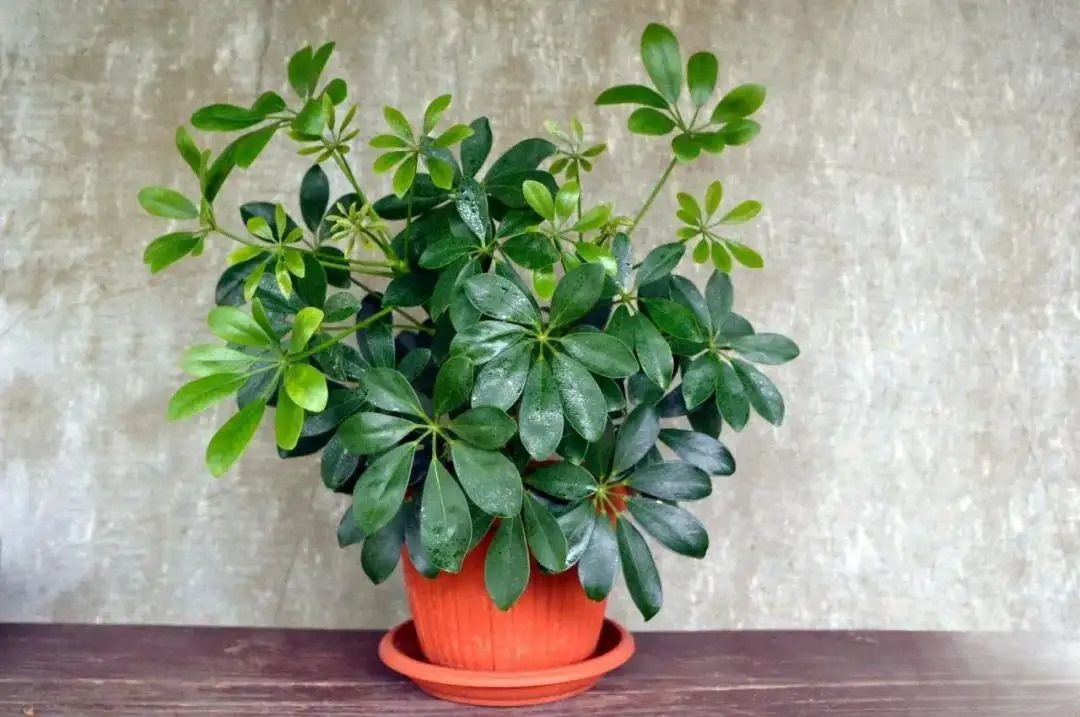
Schefflera chinensis is a common tropical foliage plant. Uniquely shaped potted plants and bonsai can be purchased at flower markets or online, and it's also very easy to care for indoors. Its leaves are emerald green and smooth, with an overall oval shape. Varieties with variegated leaves also have yellow markings.
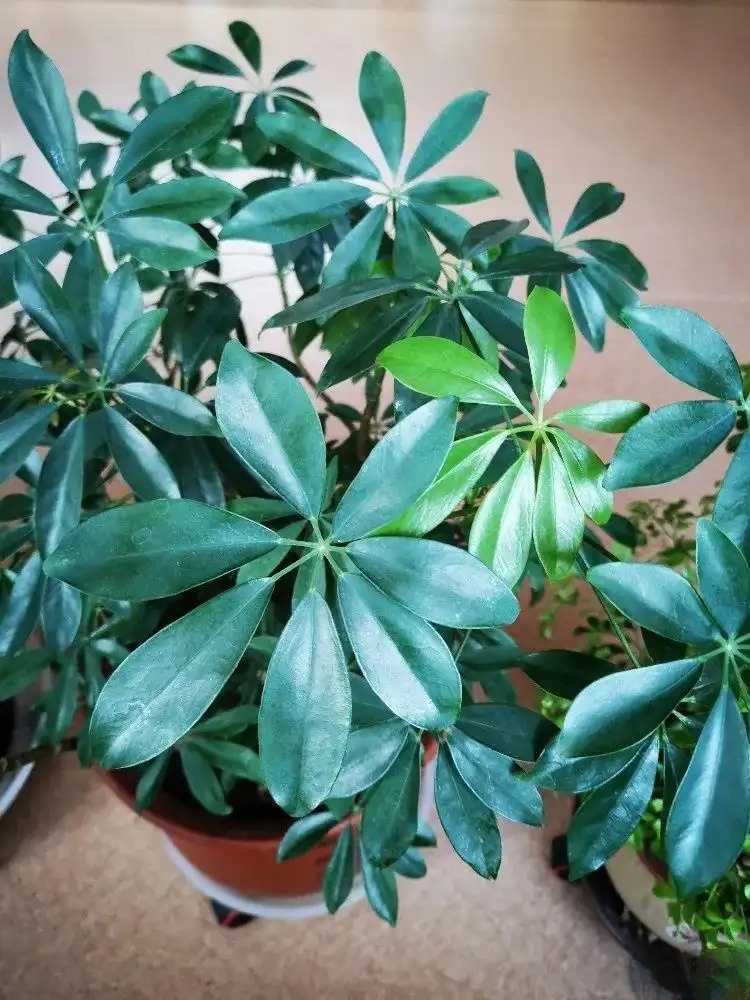
Schefflera prefers more diffused light. When caring for it indoors, wait until the soil is very dry before adding water to it. Do not let the soil remain damp all the time. Indoor maintenance also requires regular cleaning of dust. You can rinse with clean water or wipe with a rag to enhance its photosynthesis capacity.
The fifth type is jasper
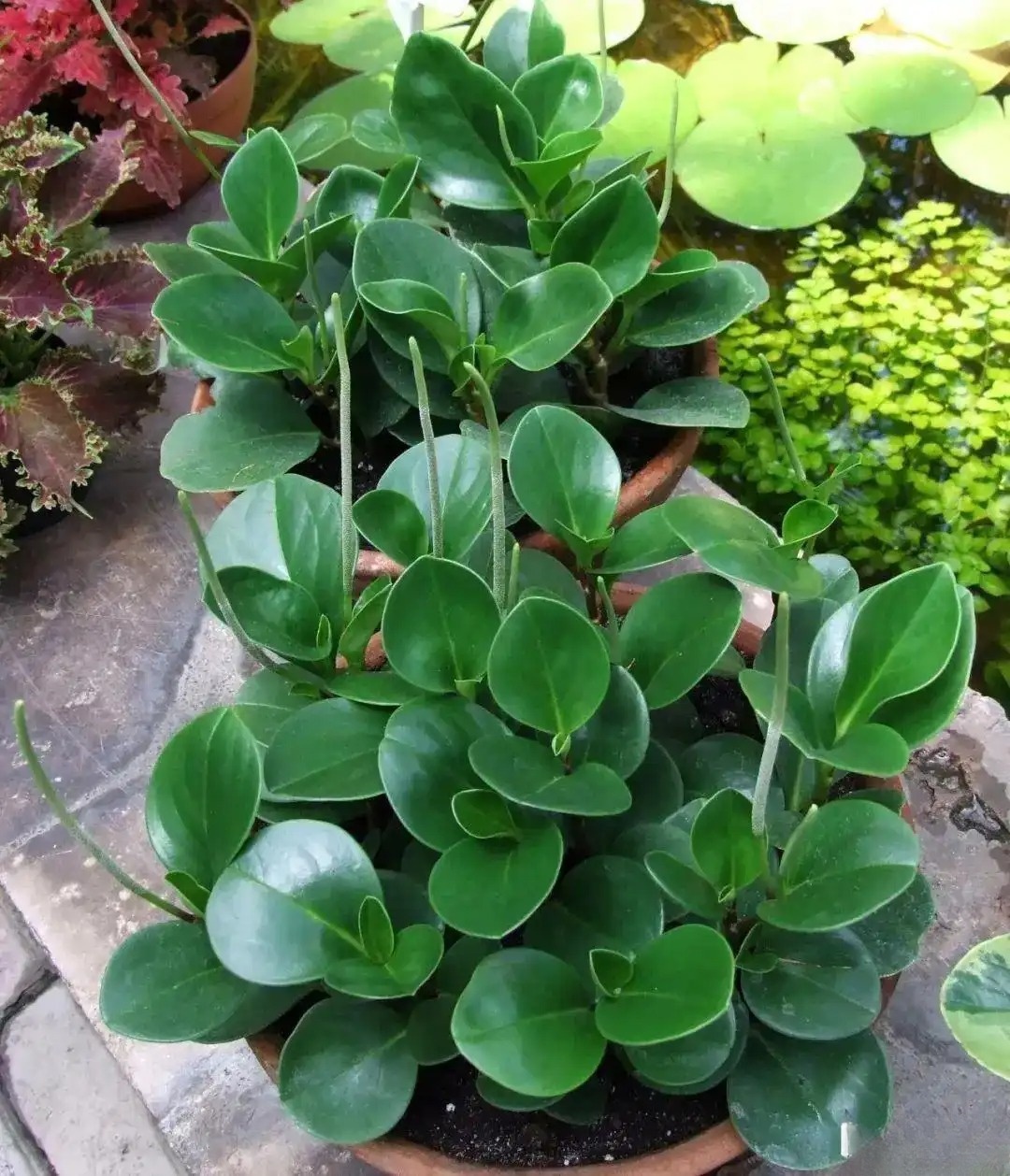
Jade is a particularly lovely indoor foliage plant. Its leaves are thick and round, making it very suitable for placement on windowsills or desks. It will grow better with proper light. If properly cared for, it will also produce white-green spike inflorescences.
If you think the emerald green leaves of jade are too ordinary, you can also choose the variety with variegated leaves.

When caring for potted jade plants indoors, be careful to avoid using pots that are too large. Be careful not to let the soil be damp or waterlogged for a long time. Wait until the soil is relatively dry before watering it slowly. Do not let moisture remain on the leaves for a long time.
The sixth type, airplane grass
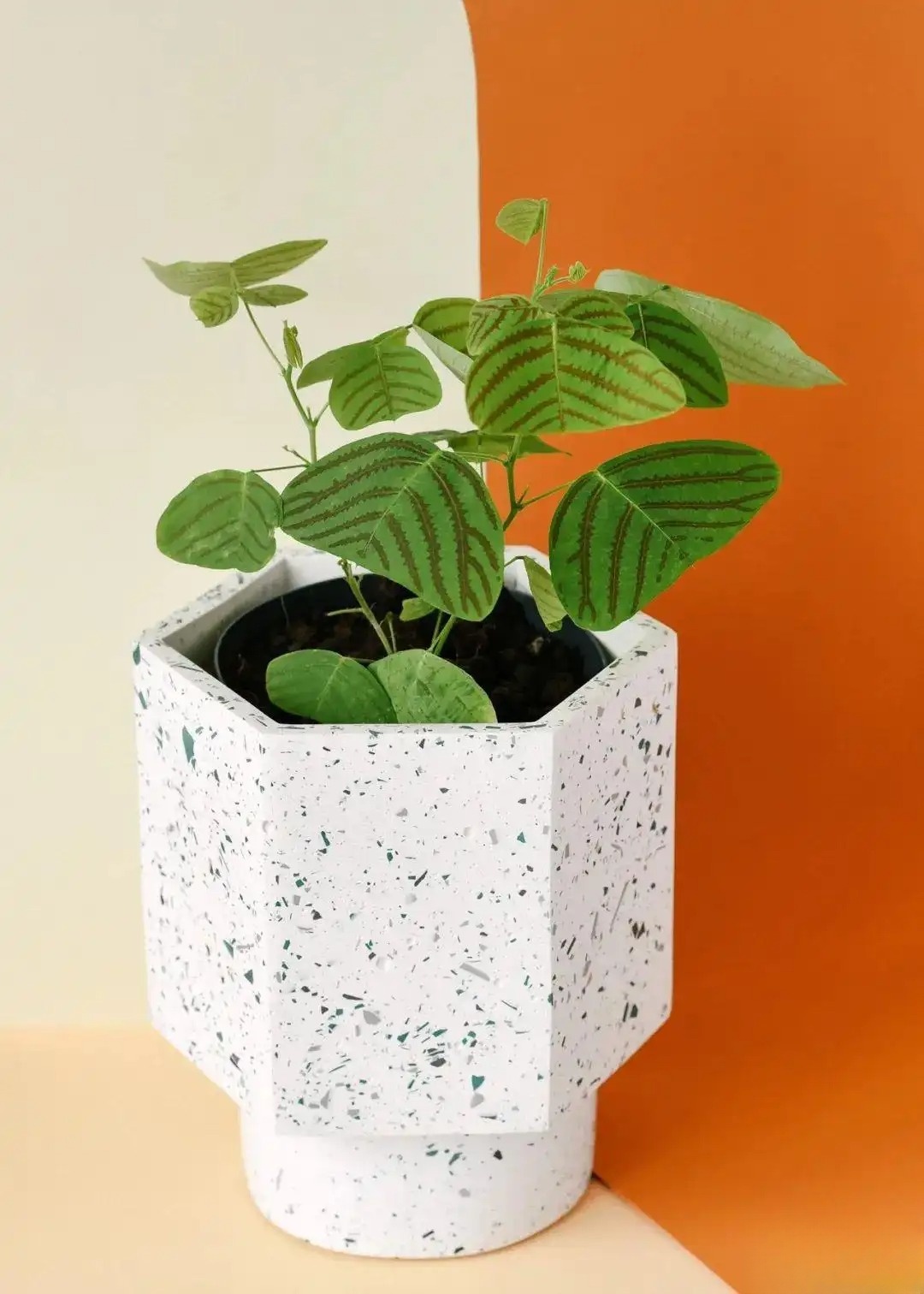
The official Chinese name for this plant is "Panthera serrata." Its colorful leaves resemble tiny butterflies, making it a particularly lovely foliage plant. With proper care, it occasionally produces small white-pink flowers in spring, summer, and autumn.
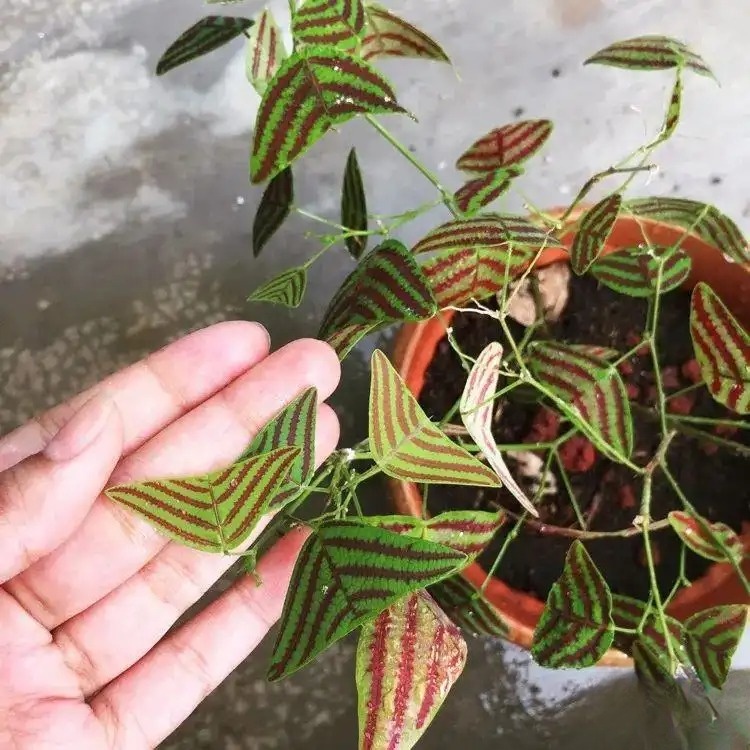
Bat Grass has a good adaptability to the environment and can grow well with proper diffuse light. The soil for cultivation should have good drainage. You can use common general soil for cultivation. In an environment with proper light, if the bottom three centimeters of the pot soil is dry, you can add water to it.
The seventh type, red-leafed silk reed
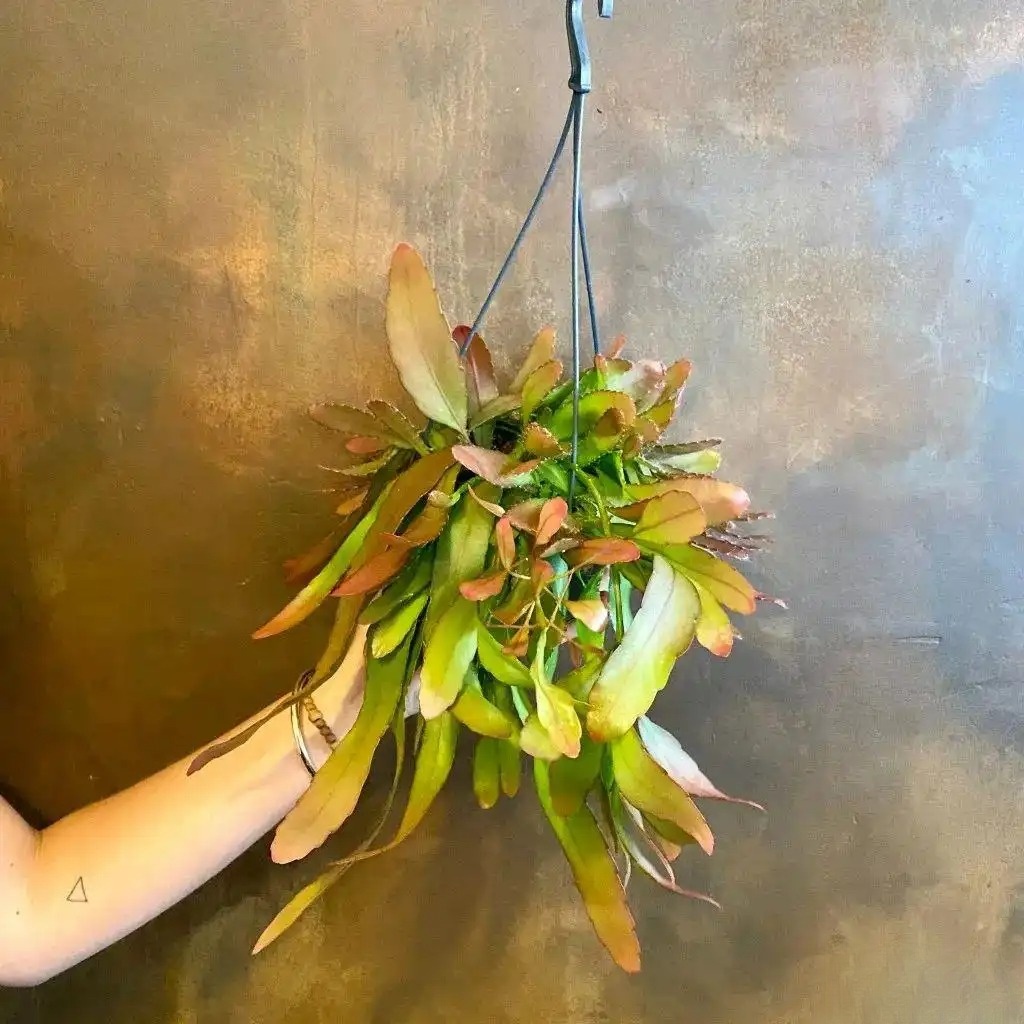
There are many varieties of silk reed, and the most popular one is the red-leaf silk reed. This tropical plant likes moderate light and is more suitable for growing in hanging pots on balconies or windowsills. It has thick, round leaves. With moderate low temperatures and appropriate temperature differences, its leaves will turn from green to reddish purple.
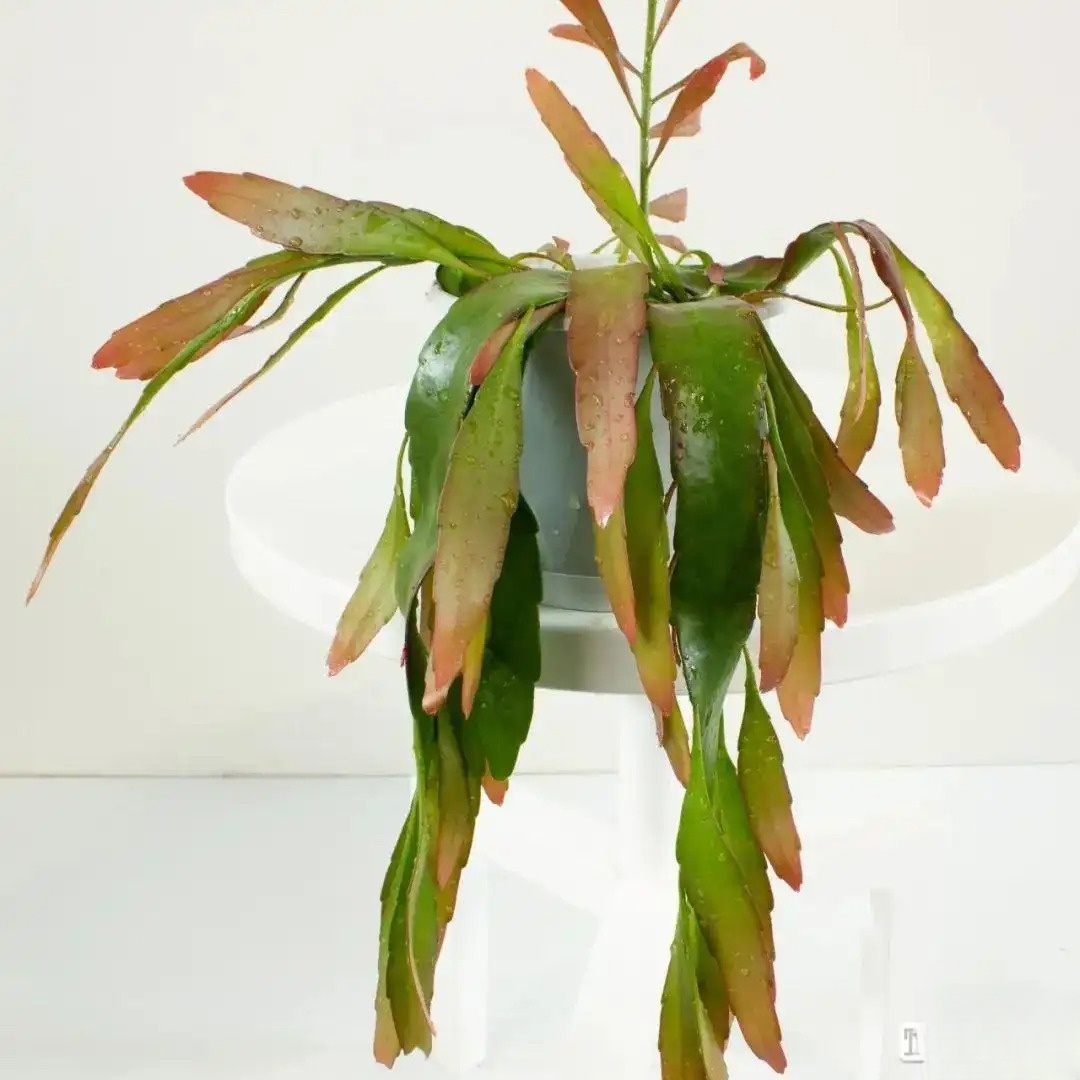
Red Leaf Silk Reed is a succulent plant that does not require much care. It is also important to use well-drained cactus soil or special soil for succulents. You can add some coarse particles of substrate to the general soil, such as common coarse coconut shells and perlite. To maintain this plant, you must avoid frequent moisture in the soil. Keep the soil slightly dry all year round and water it only when the soil is extremely dry.